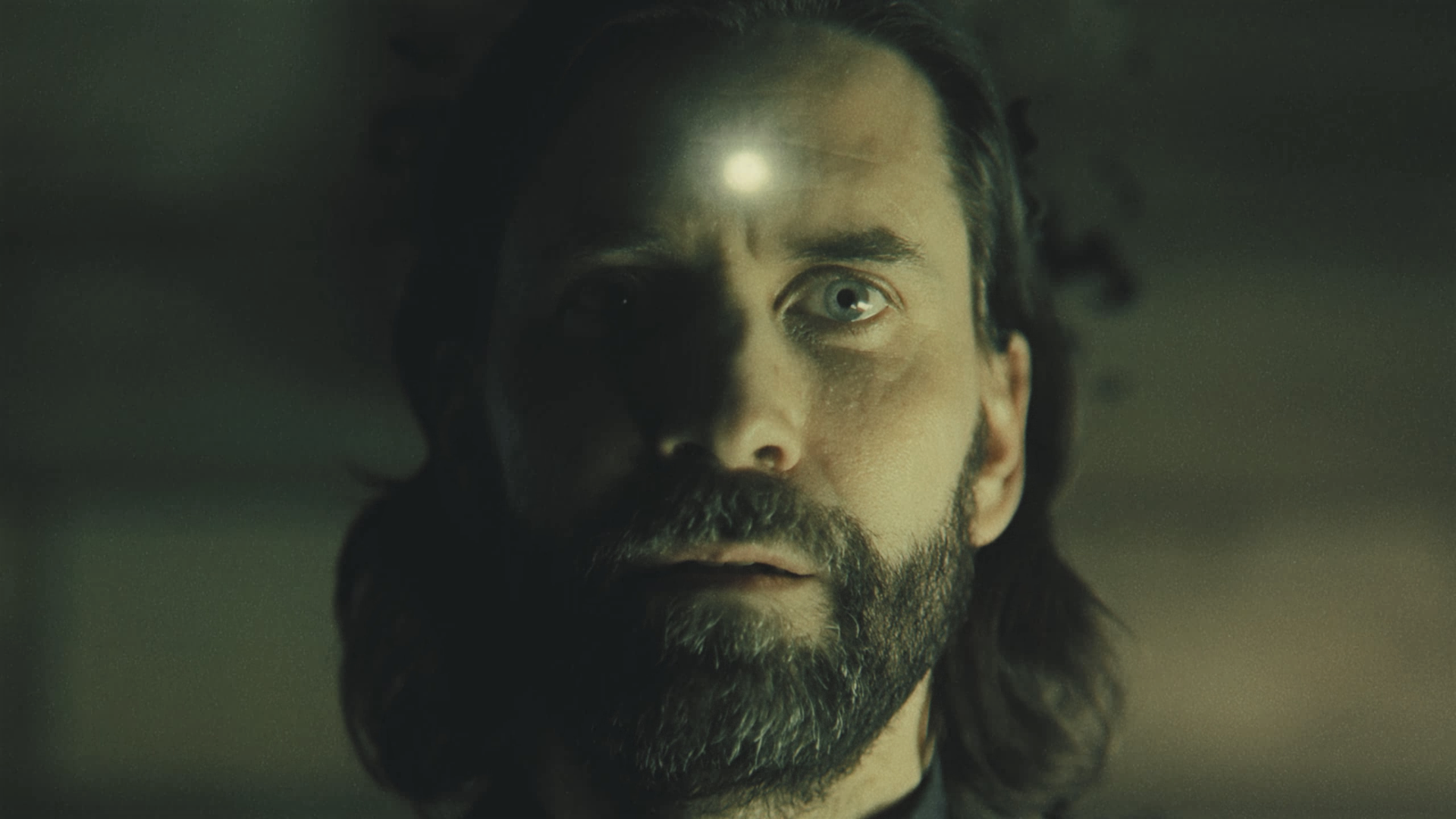Nvidia's RTX technologies are now supported by 500 games and apps, with more to come
Here's to 500 more.

Nvidia has announced that its groundbreaking suite of RTX technologies is now supported by over 500 games and applications. Beginning in 2018, features such as ray tracing, AI and upscaling have gone from a niche to being an integral part of PC gaming.
Nvidia maintains a list of games and apps that support RTX technologies. At this point in time, there are 380 games supporting some type of ray tracing or DLSS. There are just two, Alan Wake 2 and Cyberpunk 2077 that support path ray tracing and DLSS 3.5 with ray reconstruction, though that number is sure to increase. Both are stunning to behold on a card like the RTX 4090.
The first RTX graphics cards launched in 2018, beginning with the RTX 20-series. It touted ray tracing as the future of graphics. So confident was Nvidia, it dropped its long running GTX nomenclature. But ray tracing is punishing on any GPU (and it still is) , so to boost performance Nvidia developed the other major RTX technology: DLSS, or Deep Learning Super Sampling. It's an AI-trained upscaling solution that aims to boost performance levels, particularly when ray tracing effects are enabled.
In the early days, ray tracing and DLSS support was limited and it required significant developer resources. I was skeptical at the time because I've always preferred an open ecosystem over proprietary technologies. I still do, but RTX is here to stay, and the future of PC gaming is bright.
DLSS 1 came and went quickly. DLSS 2 is still by far the most adopted DLSS version, but arguably it's the RTX 40 exclusive DLSS 3 that's the real deal, as it adds Frame Generation into the mix. Now that AMD has introduced its competing Fluid Motion Frames technology, we can expect frame generation to become an ever more integral part of PC gaming.

Best CPU for gaming: The top chips from Intel and AMD.
Best gaming motherboard: The right boards.
Best graphics card: Your perfect pixel-pusher awaits.
Best SSD for gaming: Get into the game ahead of the rest.
At PC Gamer, our reviews tend to emphasize native benchmarking in order to provide apples to apples comparisons. If you're gaming with something like an RTX 4060 at 2560 x 1440, some benchmark results at high settings make it look average, but with DLSS and Frame Generation enabled, it can easily double your frame rates.
Cards like the RTX 4060 and RTX 4060 Ti will be found in PCs for many years to come, and Nvidia deserves credit for continuing to improve DLSS. This "free" performance will extend the playable life of such cards. We have no idea what technologies a major game like GTA 6 will support, but when it does eventually launch for PCs in the years ahead, there will be millions of RTX 20, 30 and 40-series desktop and laptops playing it, and DLSS will give these ageing GPUs a very welcome FPS boost in what is expected to be a demanding game.
The biggest gaming news, reviews and hardware deals
Keep up to date with the most important stories and the best deals, as picked by the PC Gamer team.
Where will PC gaming graphics go next? We're not at the photo-realism stage of things yet, but the architectures of today are laying the foundations of the architectures of the future. RTX is paving the way.

Chris' gaming experiences go back to the mid-nineties when he conned his parents into buying an 'educational PC' that was conveniently overpowered to play Doom and Tie Fighter. He developed a love of extreme overclocking that destroyed his savings despite the cheaper hardware on offer via his job at a PC store. To afford more LN2 he began moonlighting as a reviewer for VR-Zone before jumping the fence to work for MSI Australia. Since then, he's gone back to journalism, enthusiastically reviewing the latest and greatest components for PC & Tech Authority, PC Powerplay and currently Australian Personal Computer magazine and PC Gamer. Chris still puts far too many hours into Borderlands 3, always striving to become a more efficient killer.

